size: 20-25CM
Exquisite Aglaonema Pink are sometimes called Chinese evergreens. They don’t only grow in China. Exquisite Aglaonema Pink are native to Asia and New Guinea, the world’s second-largest island with unrivalled biodiversity, containing 10 per cent of the world’s total species, including 20,000 unique plant species. Why should all that matter? The sheer range and variety of Aglaonema mean new types are being discovered and brought into the houseplant market all the time.
Certainly! Here are some detailed care tips for Aglaonema Pink:
Lighting:
Aglaonema Pink thrives in moderate to low light conditions. While it can tolerate lower light levels, it prefers bright, indirect light. Avoid exposing the plant to direct sunlight, as it can scorch the leaves. Place it in a location with filtered or indirect light, such as near a north or east-facing window.
Temperature:
Aglaonema Pink prefers average to warm temperatures between 65°F (18°C) and 80°F (27°C). Avoid exposing the plant to extreme temperature fluctuations or cold drafts.
Watering:
Water your Aglaonema Pink when the top inch or so of the soil feels dry. It’s important not to overwater the plant to prevent root rot. Ensure that the pot has drainage holes to allow excess water to escape. Water thoroughly until it drains out of the bottom of the pot, and discard any standing water. During the winter months or in lower light conditions, reduce the frequency of watering, allowing the soil to dry out a bit more between waterings.
Humidity:
Aglaonema Pink can tolerate average room humidity, but it appreciates slightly higher humidity levels. If the air is dry, especially during winter or in arid climates, increase humidity by misting the leaves with water or placing the plant on a tray filled with pebbles and water. Make sure the bottom of the pot is not submerged in water to avoid root rot.
Soil:
Plant Aglaonema Pink in well-draining potting soil. A mixture of peat moss, perlite, and regular potting soil works well. Good drainage is essential to prevent water logging, which can lead to root rot.
Fertilization:
Feed your Aglaonema Pink with a balanced, water-soluble fertilizer during the growing season (spring and summer) to promote healthy growth. Follow the package instructions for the recommended dosage and frequency. During the dormant period (fall and winter), reduce or eliminate fertilization.
Pruning:
Trim off any yellowed or damaged leaves as they occur to maintain the plant’s appearance. You can also prune the plant to control its size and shape, if desired. Use clean, sharp pruning shears or scissors to make clean cuts, and wipe the blades with rubbing alcohol between cuts to prevent the spread of diseases.
Pests:
Aglaonema Pink is generally resistant to pests. However, occasionally, it may attract common houseplant pests such as mealybugs or spider mites. If you notice any signs of infestation, such as webs, cottony masses, or tiny insects, treat the plant with an appropriate insecticidal soap or neem oil solution according to the instructions on the product label.
Repotting:
Aglaonema Pink typically requires repotting every two to three years, or when it outgrows its current pot. Choose a pot that is slightly larger than the current one and has drainage holes. Repot the plant in fresh, well-draining potting soil, ensuring that the roots are covered but not buried too deeply.
Toxicity:
Aglaonema Pink is considered toxic to pets if ingested. Keep it out of reach of curious pets or choose a safe location where they cannot access it.
Remember to observe your Aglaonema Pink regularly, paying attention to its watering needs, leaf color, and overall health. Adjust the care routine as necessary based on the specific conditions of your plant and provide it with the love and attention it needs to thrive.

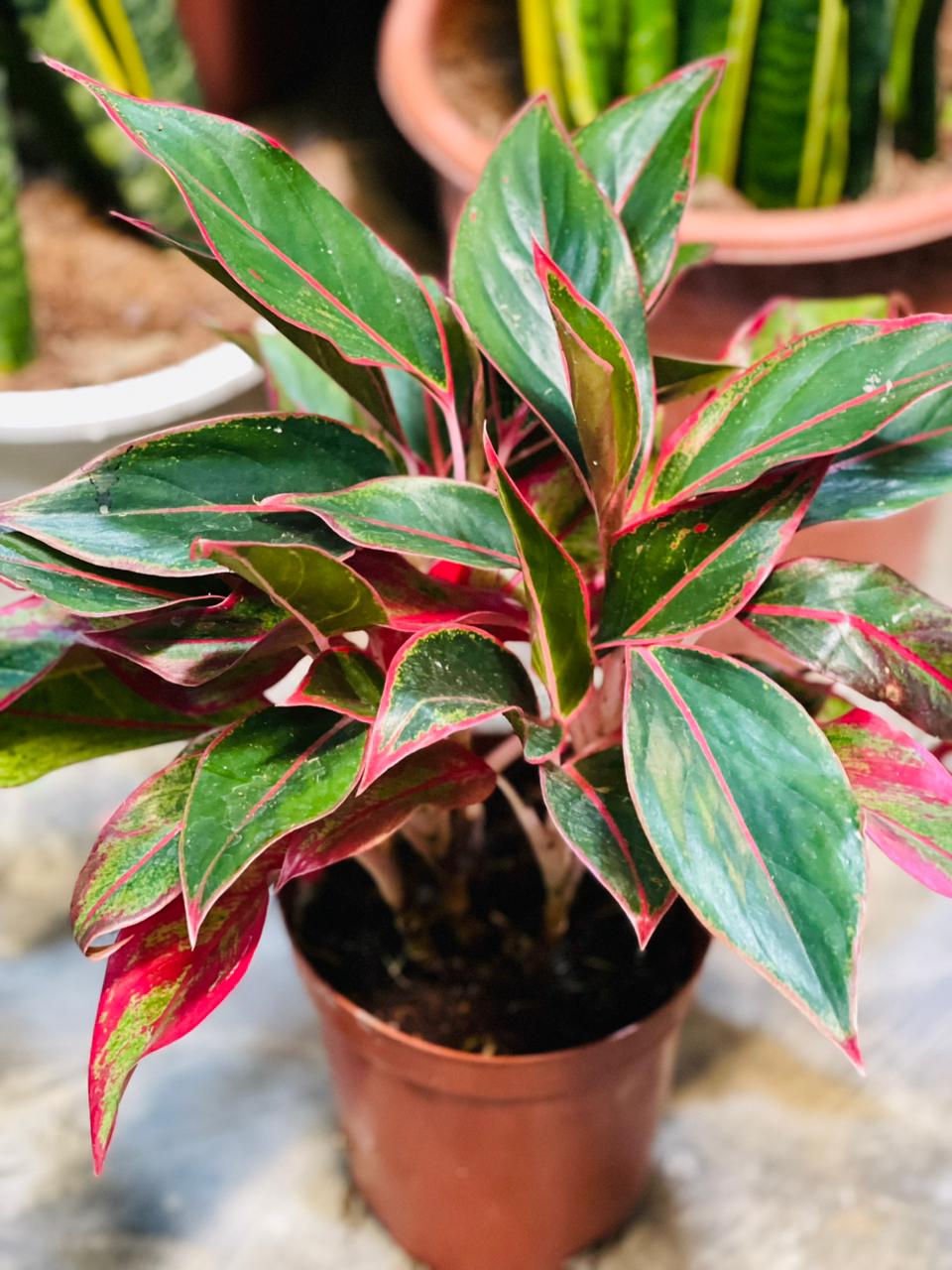
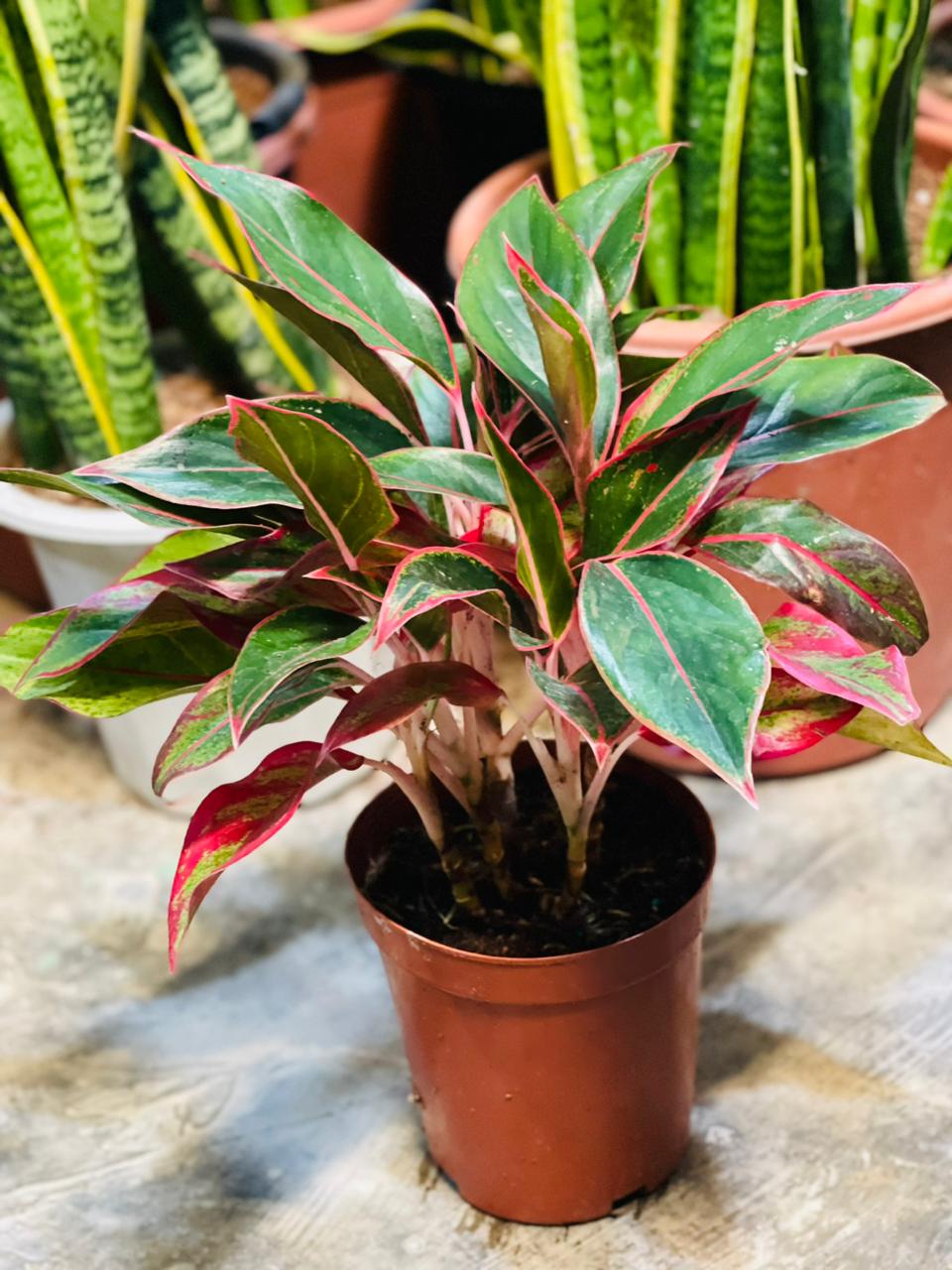
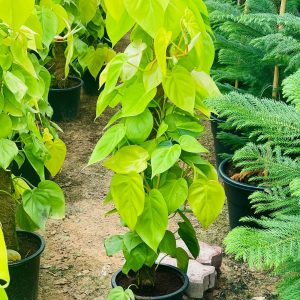
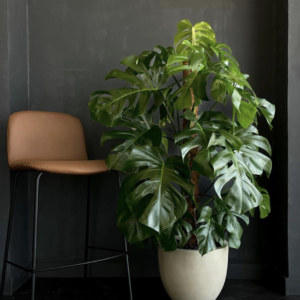
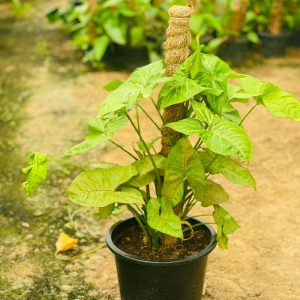

Reviews
There are no reviews yet.